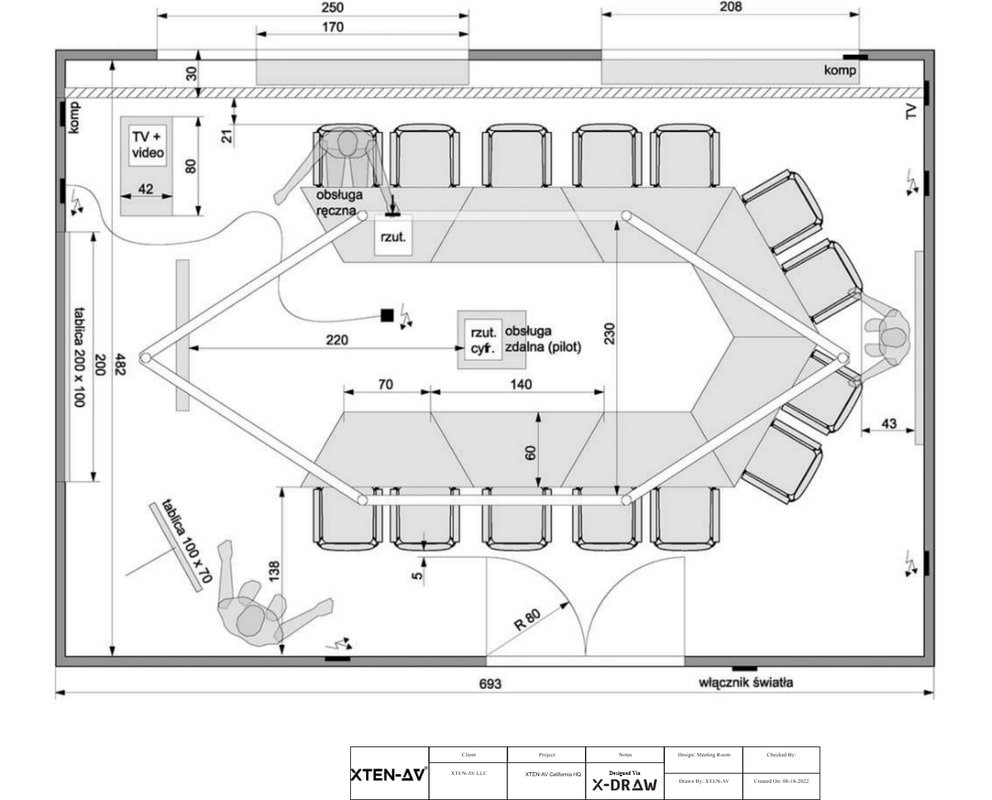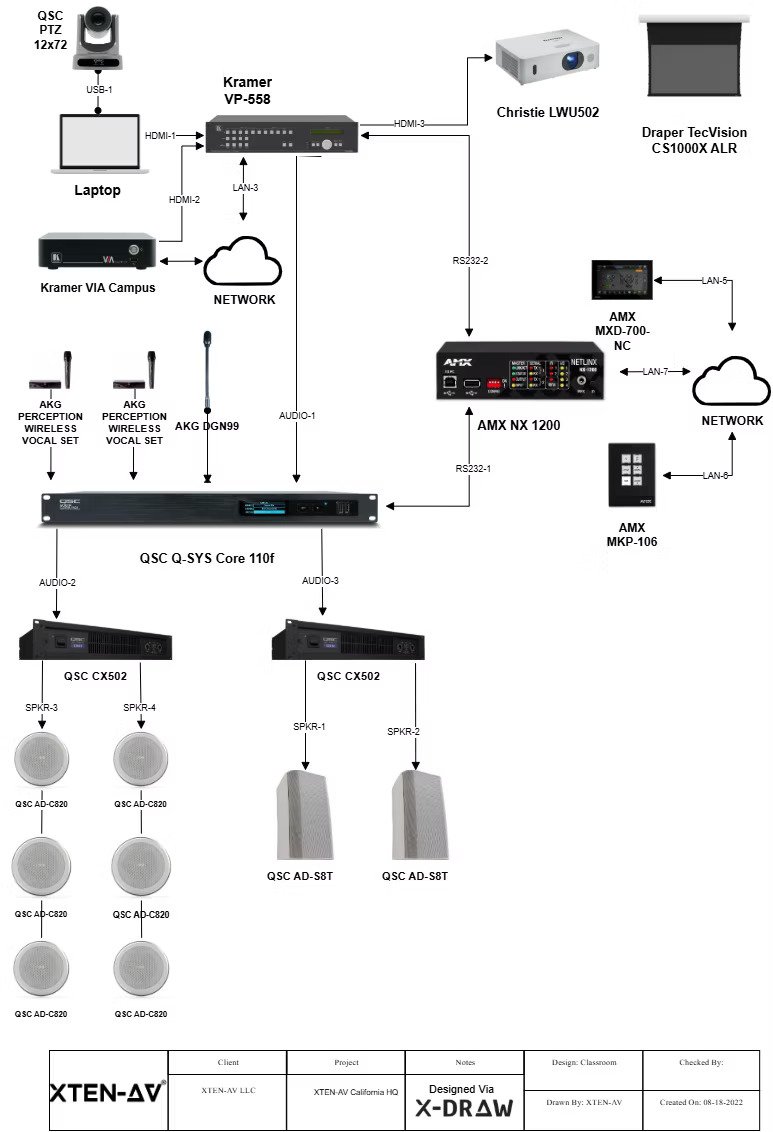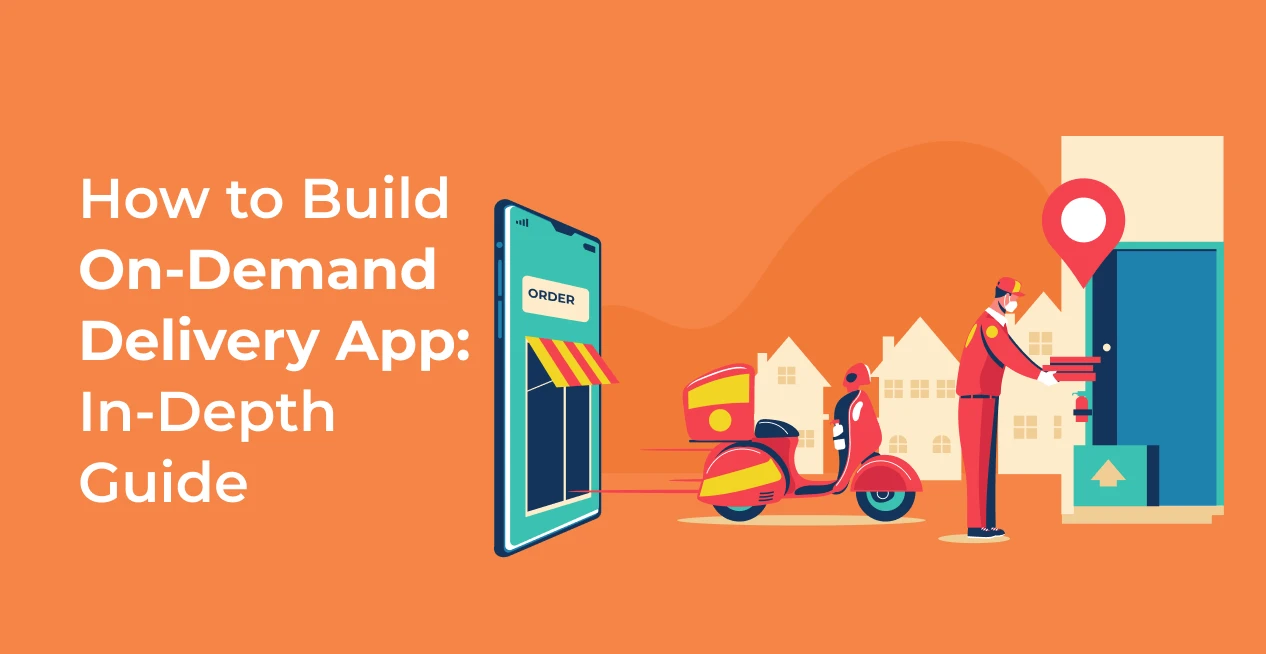Building a robust, feature-rich, and scalable Uber clone app in 2025 requires careful selection of the right technology stack. With advancements in mobile technology, cloud services, and AI capabilities, it’s critical to choose the best tools and frameworks to ensure your app not only functions well but also provides an optimal user experience.
Whether you are developing an Uber clone app for a ride-hailing business or a similar on-demand service, the right combination of technologies can make or break the project. In this article, we’ll dive into the ultimate tech stack for Uber clone app development in 2025, examining the essential tools, frameworks, and services you’ll need to create a seamless platform for riders and drivers alike.
Front-End Development for Uber Clone App
The front-end of an Uber clone app is the first point of interaction between the user and the app. It must be intuitive, responsive, and quick to load. Given the heavy use of mobile applications in 2025, focusing on an engaging front-end experience is vital.
Mobile Development Frameworks
For mobile app development, you will need to choose between native development and cross-platform development. Native development ensures better performance but requires building separate apps for iOS and Android. However, if you want to reduce development time and costs, cross-platform development is the way to go. Popular frameworks include:
- React Native: A robust framework backed by Facebook, React Native enables you to build cross-platform apps with a native feel. It allows developers to use a single codebase for both iOS and Android apps, making it a popular choice for Uber clone app development in 2025.
- Flutter: Developed by Google, Flutter is another excellent cross-platform framework. It offers a rich set of pre-built widgets, ensuring smooth animations and high performance. Flutter is increasingly being used for scalable app development and works well for building user-friendly ride-hailing apps.
Web Front-End Development
If you’re building a web platform to complement your Uber clone app (for example, for drivers or customers to manage bookings), consider frameworks like:
- React.js: With its component-based architecture and fast rendering, React.js is perfect for creating dynamic and responsive user interfaces.
- Vue.js: Known for its simplicity and performance, Vue.js is another framework gaining traction in 2025 for building modern web apps.
Back-End Development for Uber Clone App
The back-end of the app handles the data processing, user authentication, ride tracking, and other essential functionalities. The back-end is crucial for ensuring your Uber clone app operates efficiently, scaling seamlessly as the user base grows.
Server-Side Languages
For Uber clone app development, the choice of back-end language depends on your team’s expertise and the specific requirements of your app. Some of the best languages to use are:
- Node.js: As an event-driven, non-blocking I/O model, Node.js is highly efficient for building real-time, data-heavy applications like an Uber clone. With its lightweight architecture, Node.js is a perfect match for scalable ride-hailing apps that need to handle thousands of concurrent requests.
- Ruby on Rails: Known for rapid development and scalability, Ruby on Rails is a popular choice for building MVPs (Minimum Viable Products) and initial versions of ride-hailing platforms. Its strong conventions and the rich set of libraries make it a great option for Uber clone app development.
- Python (Django): Python has gained popularity for building scalable apps, and Django, in particular, is widely used in the development of secure and feature-rich back-end systems. Django’s built-in features like authentication, ORM (Object-Relational Mapping), and middleware support make it an ideal choice for complex apps like an Uber clone.
Databases
A critical part of any ride-hailing app is the database. You’ll need a powerful database management system to handle various data types, such as user profiles, ride history, geolocation data, and payment details. For an Uber clone app, these databases can be:
- PostgreSQL: A relational database that is known for its robustness, reliability, and scalability. It supports complex queries and is ideal for storing transactional data, making it an excellent choice for a ride-hailing app.
- MongoDB: A NoSQL database known for its high availability and performance. If you are handling a lot of unstructured data and need a flexible schema, MongoDB is a good choice.
- Firebase: For real-time updates and faster synchronization between the client and server, Firebase is an ideal choice, especially if you want to reduce development time. It’s a Backend-as-a-Service (BaaS) that provides several out-of-the-box services like authentication, real-time database, and cloud storage.
Geolocation Services and Mapping
Since a key feature of an Uber clone app is ride tracking and route mapping, integrating geolocation services and mapping features is critical. The most common tools for this are:
- Google Maps API: The Google Maps API is a comprehensive and well-documented solution for real-time navigation and geolocation tracking. It provides features like location search, turn-by-turn navigation, and traffic updates, all essential for ride-hailing apps.
- Mapbox: For developers seeking customization and higher scalability, Mapbox is a powerful mapping platform. It provides beautiful maps with more control over styles and data.
Payment Integration for Uber Clone App
Handling payments securely and efficiently is a fundamental part of any ride-hailing business. The Uber clone app must integrate multiple payment options to offer flexibility to customers and drivers. Popular payment gateways for Uber clone app development include:
- Stripe: Known for its ease of integration, Stripe supports various payment methods, including credit cards, debit cards, and wallets. It also has built-in fraud prevention mechanisms and can handle global payments.
- Razorpay: Especially popular in India, Razorpay is a comprehensive payment gateway that supports a variety of payment methods, including UPI, wallets, and credit cards.
- PayPal: PayPal is a trusted and secure payment platform used globally. It is widely recognized by consumers, which can help increase user trust and confidence in your app.
AI and ML for Improved User Experience
In 2025, leveraging Artificial Intelligence (AI) and Machine Learning (ML) will be crucial for optimizing the user experience in your Uber clone app. For instance:
- Predictive Analytics: AI can be used to predict ride demand, helping you optimize the placement of drivers in real-time. It can also help estimate fares more accurately and adjust them based on various factors like demand, time of day, and weather conditions.
- Ride Matching Algorithms: Machine learning can enhance the algorithms used to match riders with drivers. By analyzing past ride data, ML models can predict the fastest routes, avoid traffic, and ensure minimal wait times for customers.
Turo Clone App: A Growing Trend in 2025
While the focus here is on Uber clone app development, it’s worth noting that the demand for Turo clone app platforms that allow users to rent cars—has also been growing in recent years. These platforms often use a similar tech stack but require unique considerations for vehicle management, rental agreements, and insurance coverage. The tech stack for Turo clones generally involves integrating features like secure payment systems, GPS-based car tracking, and robust insurance management tools.
Conclusion
The tech stack for Uber clone app development in 2025 is more advanced than ever before. With technologies like React Native for cross-platform development, Node.js for scalable back-end performance, PostgreSQL for database management, and AI for predictive analytics, you can create a high-performing and user-friendly ride-hailing platform. As you plan your Uber clone app, remember that the right tech stack not only ensures functionality but also supports future growth and innovation. So, choose your technologies wisely, keeping in mind the unique demands of your business and the expectations of your users.
















Leave a Reply